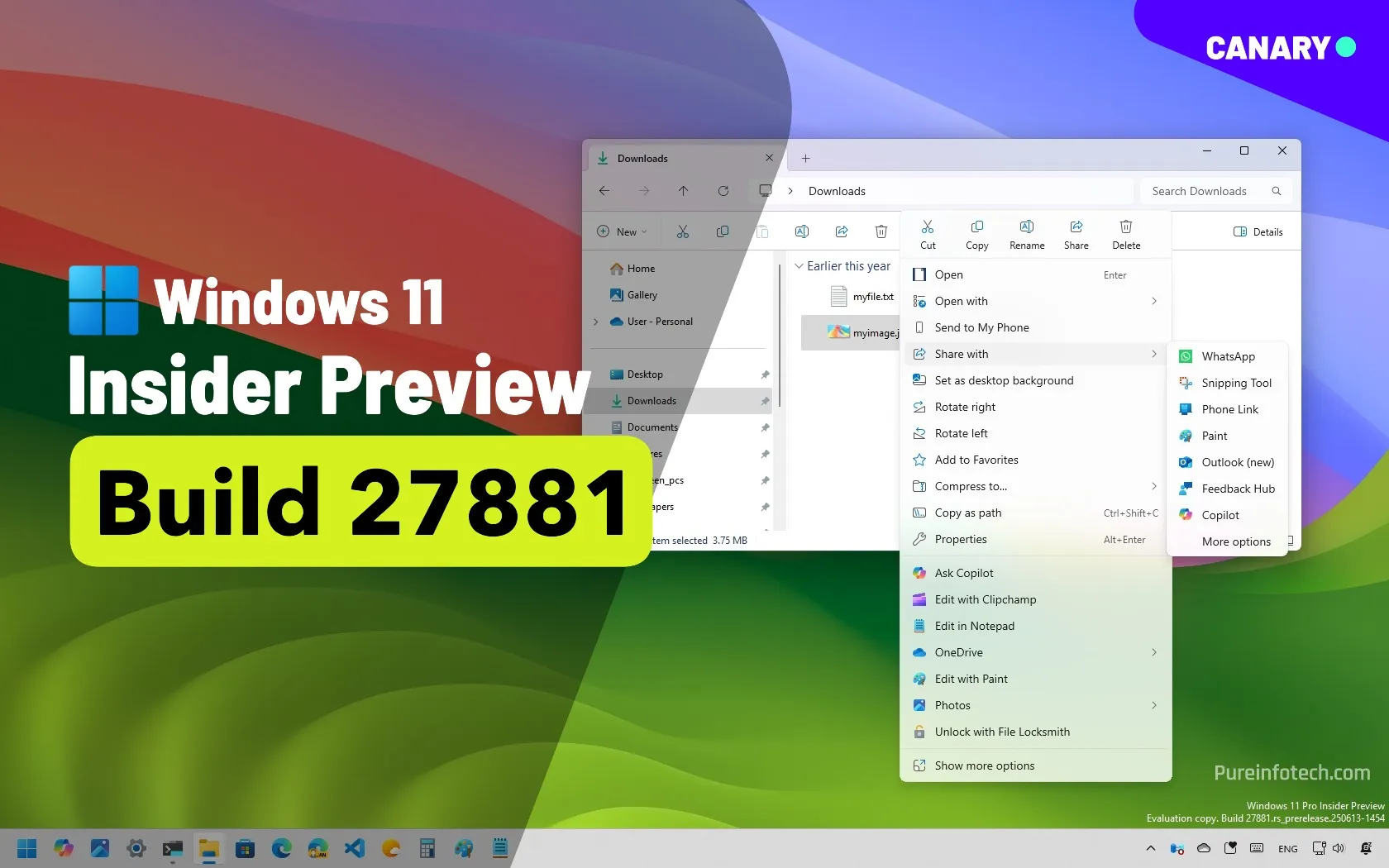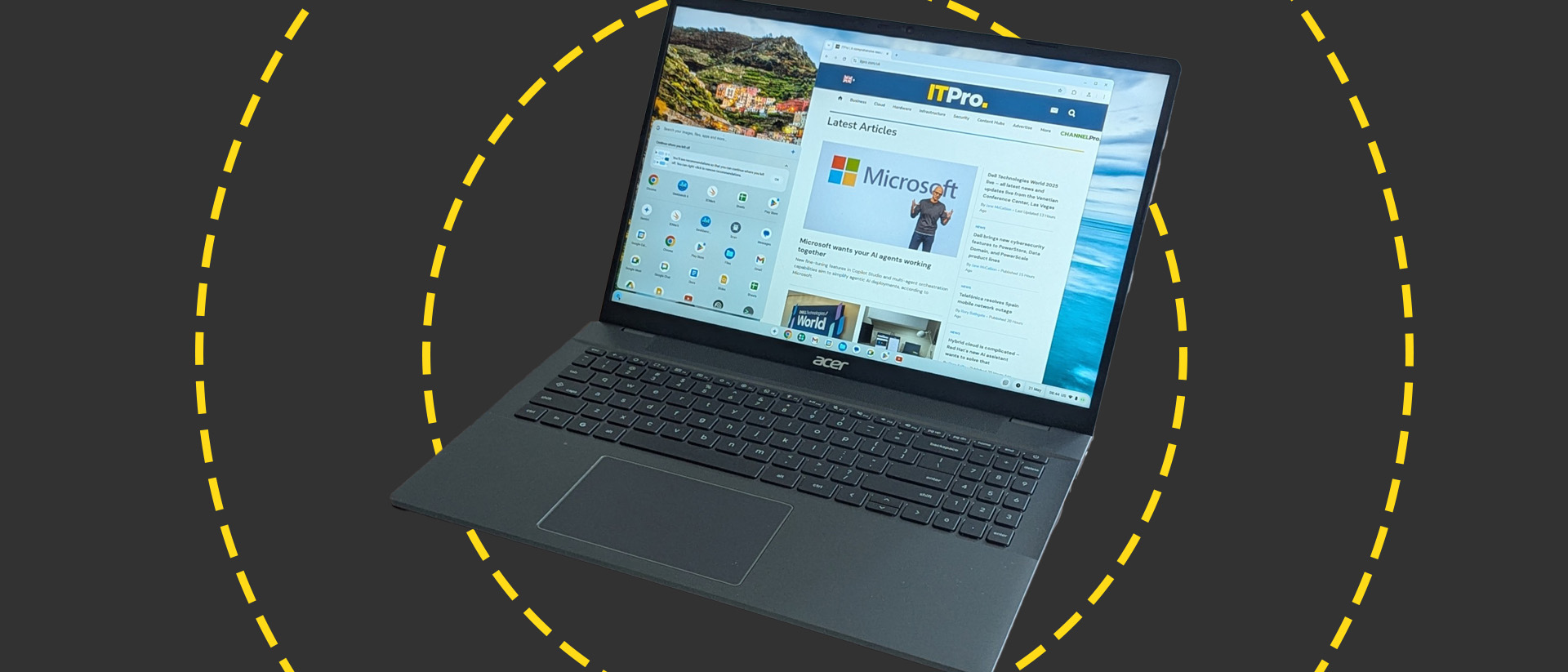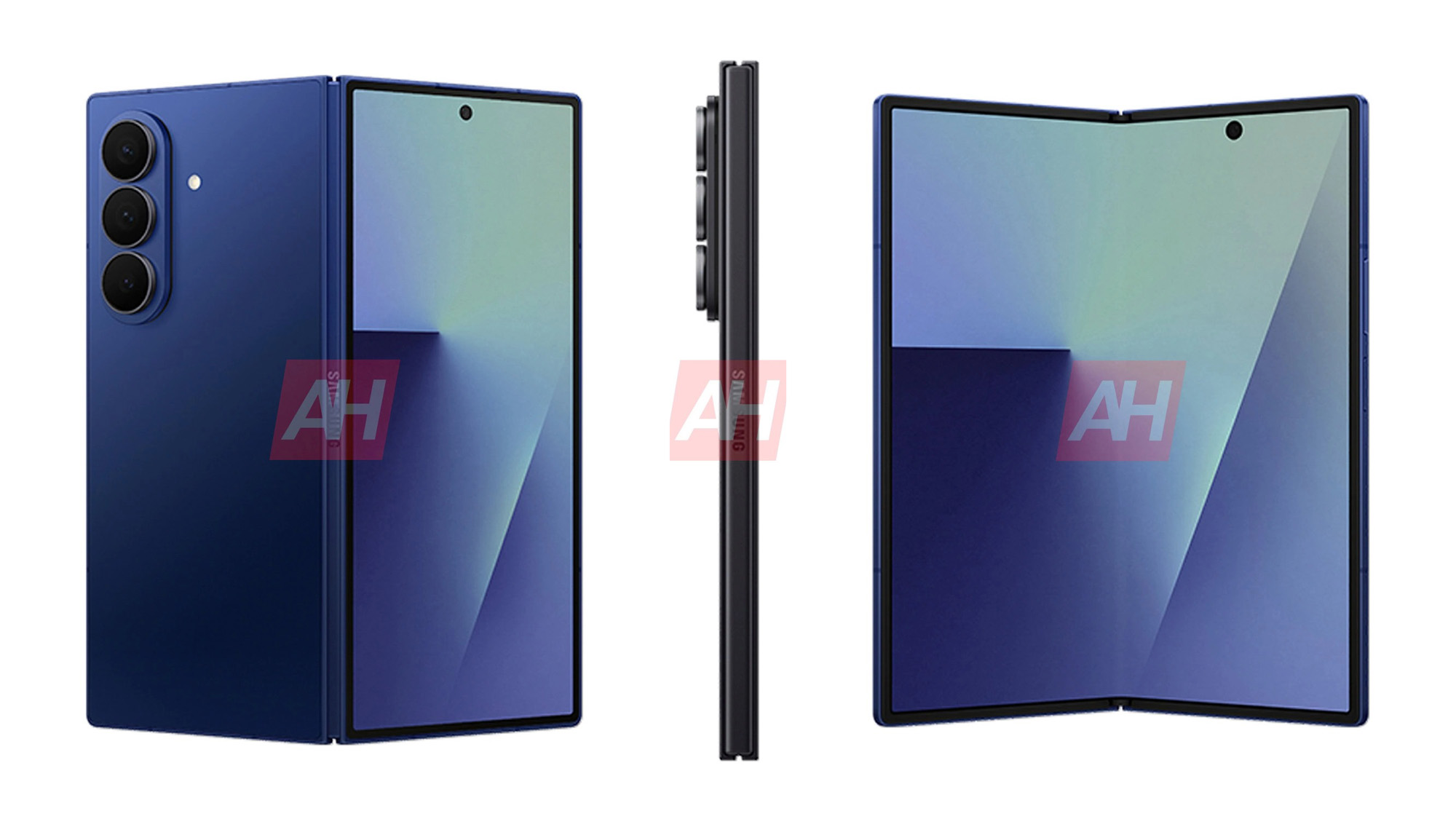2025 Chevrolet Equinox First Drive Review — Consumer Reports

Compromised visibility: While the windshield and door glass are all large, providing good views out over the hood and to the sides, we still found visibility compromised in the Equinox. The windshield pillars are thick, particularly at the bottom where they meet the side mirrors. This makes for a challenge at intersections, where it can be hard to see pedestrians, cyclists, or vehicles coming from your left.
Thankfully, blind spot warning (BSW) is standard because the over-the-shoulder view to both the right and left are very challenging. The wide C-pillar (just past the rear door) and D-pillar (the rearmost roof pillar) are very thick and chunky, blocking a lot of the view out. While the rear window glass is generously sized, the blocky rear head restraints obstruct the lower part of the window.
Controls: There’s nothing surprising about the controls, as they’re pretty much the standard GM fare. A number of buttons and toggles are used, such as for the climate system and turning some functions on and off. Fortunately, GM has moved away from using either buttons or center console-mounted monostable levers for the gear selector. We really appreciate that the seat heating and ventilation are controlled by physical buttons and not buried in the touchscreen, as in other new GM models. The volume and station/track advance buttons behind the steering wheel are a helpful way of cleaning up the front of the steering wheel. There’s also a manual volume/power knob mounted up above the infotainment screen on the left side; while it’s small, the driver can easily reach it from the steering wheel. However, if you choose to dim the dashboard display brightness at night the “power” icon is still full brightness.
However, many of the problems we have found in other GM vehicles appear here as well. For example, the emergency flasher button is hidden high up on the overhead console by the SOS and OnStar buttons, which could make it too easy to hit the wrong button in an emergency unless drivers take their eyes off the road.
The physical climate controls are located low down on the dash, which makes them hard to see during the day. It’s even more challenging to use them in the evening because of the dim blue backlighting of the small text and icons. The steering wheel also blocked views of the driver’s side temperature knob for many testers.
Another common GM application is to have drivers engage the paddle shifters behind the steering wheel by first pressing a button on the steering wheel labeled L. While this may be to prevent drivers from hitting the paddle instead of the volume or track/station buttons on the back of the wheel, the more conventional solution would be to allow the paddles to activate manual shifting when squeezed and place the paddle shifters a bit further away from the media controls.
The windshield and rear-window washer controls are secondary functions located on the left-hand turn-signal stalk. They’re unlit, which makes them difficult to operate at night since they don’t have any icons or indicators pop up in the driver information cluster behind the steering wheel. Some drivers noted that they always end up spraying the rear window when turning the wiper off because the controls are super sensitive, requiring them to re-wipe the window. Not major, but not a great design either.
One oddity that’s unique to the Equinox is the Drive mode dial mounted on the center console. Not only is it so large that it takes up a ton of space, but it only has three modes to choose from—two of which (Off-Road and Snow/Ice) you won’t use much. The ACTIV trim doesn’t get any additional modes, making it an even stranger decision on GM’s part. Plus, the knob detents are super weak, so you end up turning it past whatever mode you wanted to use.
Source link











